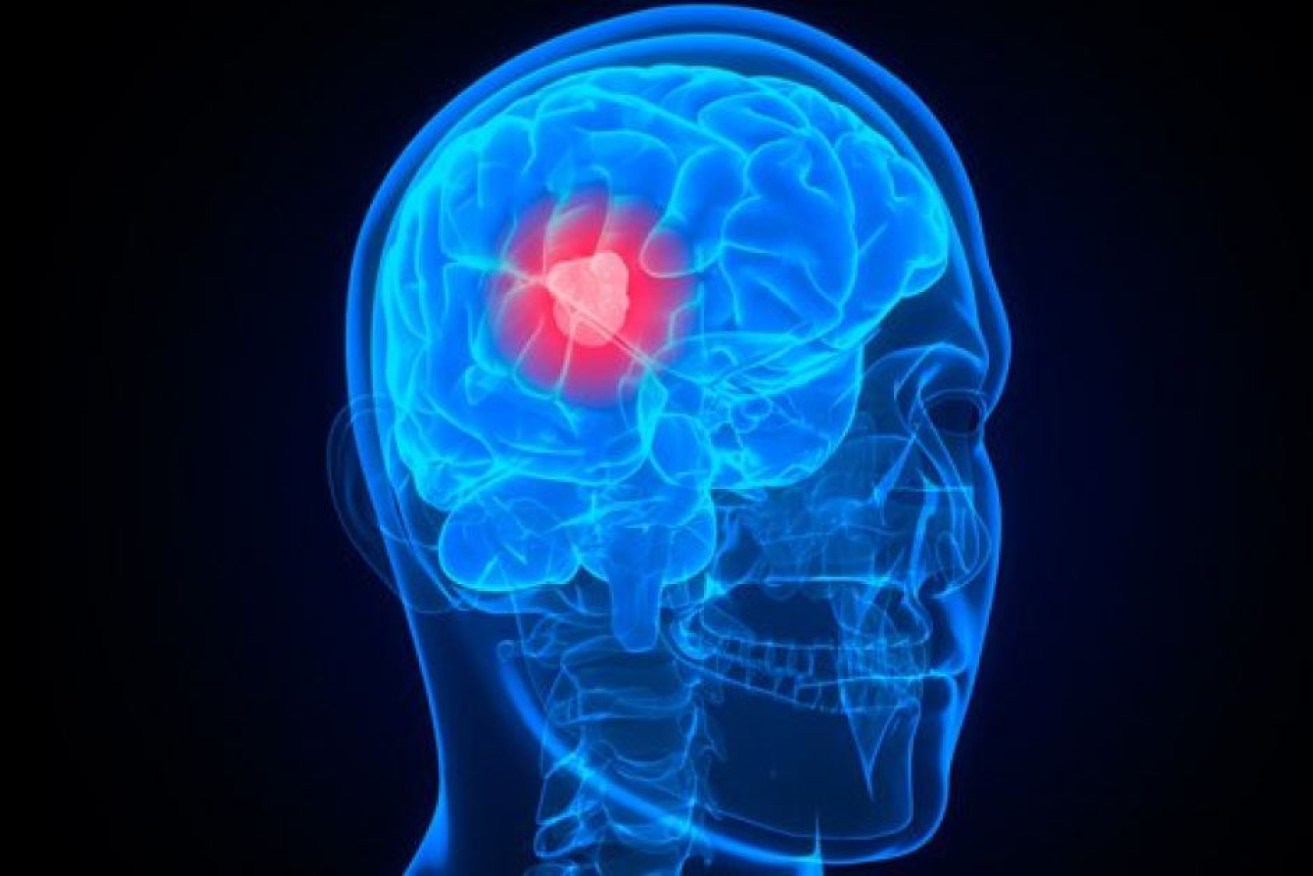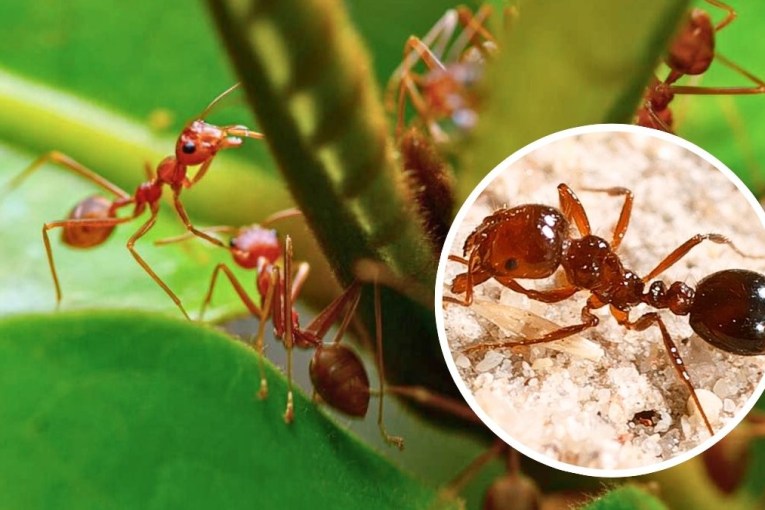‘The biggest thing ever’: New therapy brings hope to brain cancer survivors

The Cure Brain Cancer Foundation has spent $8 million to speed the therapy's introduction.Photo: Cure Brain Cancer Foundation
Father of two Jim Shaw had been suffering “rotten headaches” for more than a month when his wife dragged him to the emergency department in his home town of Traralgon in Victoria.
Doctors quickly discovered a massive brain tumour and Mr Shaw found himself in an ambulance to Melbourne, then on an operating table 24 hours later.
The growth turned out to be a glioblastoma (GBM), an aggressive and fast-growing brain cancer that typically leaves those diagnosed with about 15 months to live.
“It was pretty confronting, I was a person that had been in very good health. I had never got sick and all of sudden, I had a life-threatening condition,” Mr Shaw said.
The 48-year-old’s operation was a year ago.
His surgeon removed all of the tumour he could find and after intensive radiation therapy as well as 10 rounds of chemotherapy, Mr Shaw is nearing the end of his treatment.
But the mining engineer knows it is highly likely the cancer will return – leaving him with a constant level of anxiety.
“I know what the statistics say and so far we are beating the statistics but we don’t know how long that will last,” he said.
If the cancer does return he may need different treatments, many of which are not yet available in Australia.
But a medical trial called GBM AGILE is about to change that.
Cure Brain Cancer Foundation has spent $8 million so the study, currently being run in the US and Canada, can also be launched in Australia, giving patients access to cutting-edge treatments.
“This is the biggest thing to happen in Australian brain cancer research ever,” said the charity’s CEO Lance Kawaguchi.
Accelerated trials
Since making the announcement, Mr Kawaguchi has had about 1000 enquiries and has stopped picking up his phone.
“Now Australians will have access to treatments that would typically take 10 years to get here … no other charity has been able to do this, so we are quite proud,” he said.
The foundation will cover patients’ costs and expects about 50 people can take part each year – even more if funds are available.
Most cancer trials test out a single drug with results after one or two years.
“But by then, you may not be alive,” Mr Kawaguchi said.
GBM AGILE is instead designed to rapidly progress from one new drug to the next if patients are not responding, giving them the best chance of survival.
Three new GBM medicines in stage two or three clinical trials, overseen by the US Food and Drug Administration, will be made available when the trial launches later this year.
Mr Kawaguchi said in the past 30 years there has not been much development in GBM treatments and while the survival rate for other cancers has greatly improved over that time, the rate for GBM has fallen to about 22 per cent.
The statistics Mr Shaw is keeping ahead of are also grim.
About 1800 Australians are diagnosed with GBM each year and about 1500 people die from the disease, while only five per cent of GBM patients survive for more than five years after their diagnosis.
Mr Shaw says he would be happy to be assessed for the trial.
“In Australia there is very limited access to trials or medications or anything outside of the standard treatment – it would be really exciting for GBM AGILE to be opened up,” he said.
-AAP








